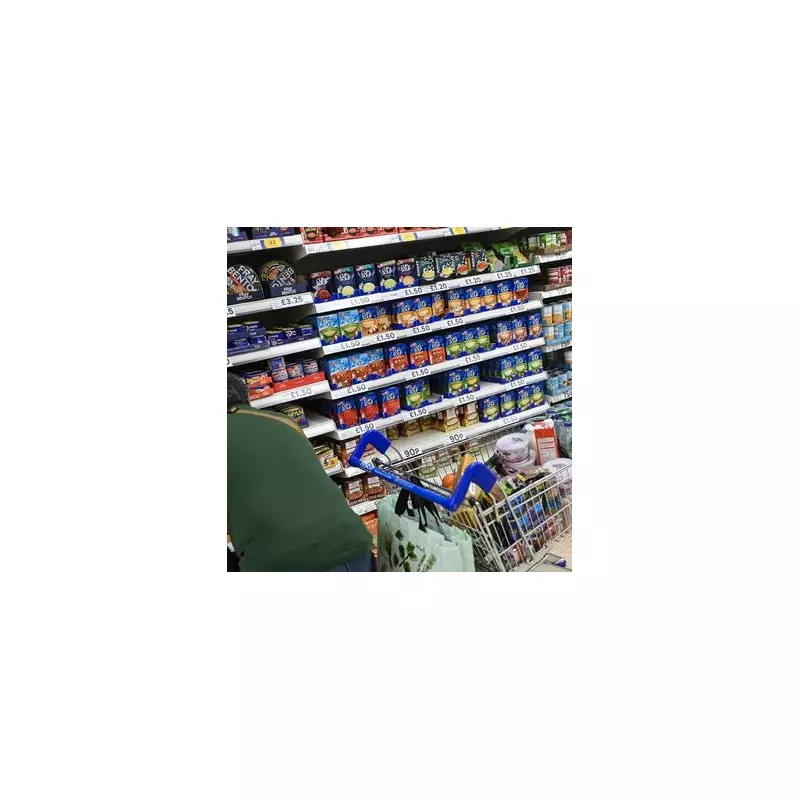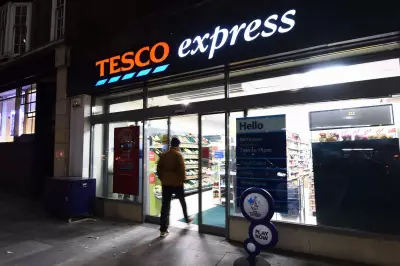
Ever wondered how some shoppers always seem to grab the best bargains before anyone else? The secret lies in the hidden codes on supermarket labels—and knowing how to crack them could save you a fortune.
What Do Supermarket Codes Mean?
Supermarkets use a variety of colour-coded stickers, barcodes, and date stamps to manage stock. Some of these indicate when a product is nearing its sell-by date, meaning it’s likely to be discounted soon.
Key Codes to Look For:
- Yellow stickers: Often mark items with a short shelf life, meaning discounts could be imminent.
- Reduced-to-clear labels: Typically appear in the evening as stores try to shift perishable goods.
- Batch codes: Some products have numbers or letters that reveal production dates—older stock may be discounted first.
When to Shop for the Best Deals
Timing is everything. Most supermarkets start reducing prices in the late afternoon or early evening, especially on fresh items like bread, meat, and dairy. Midweek shopping can also yield better discounts as stores prepare for weekend restocking.
Which Supermarkets Use These Tricks?
All major UK chains, including Tesco, Sainsbury’s, Asda, and Morrisons, have their own systems. Some are more transparent than others, but keen-eyed shoppers can spot patterns.
Pro Tip:
Ask staff when they usually do markdowns—many will happily share the best times to snag a bargain.
By learning these simple tricks, you could cut your grocery bill significantly. Happy bargain hunting!





